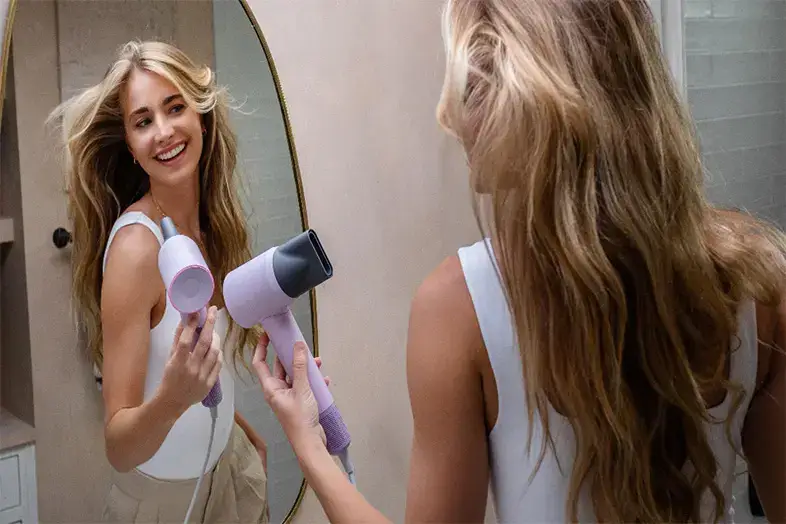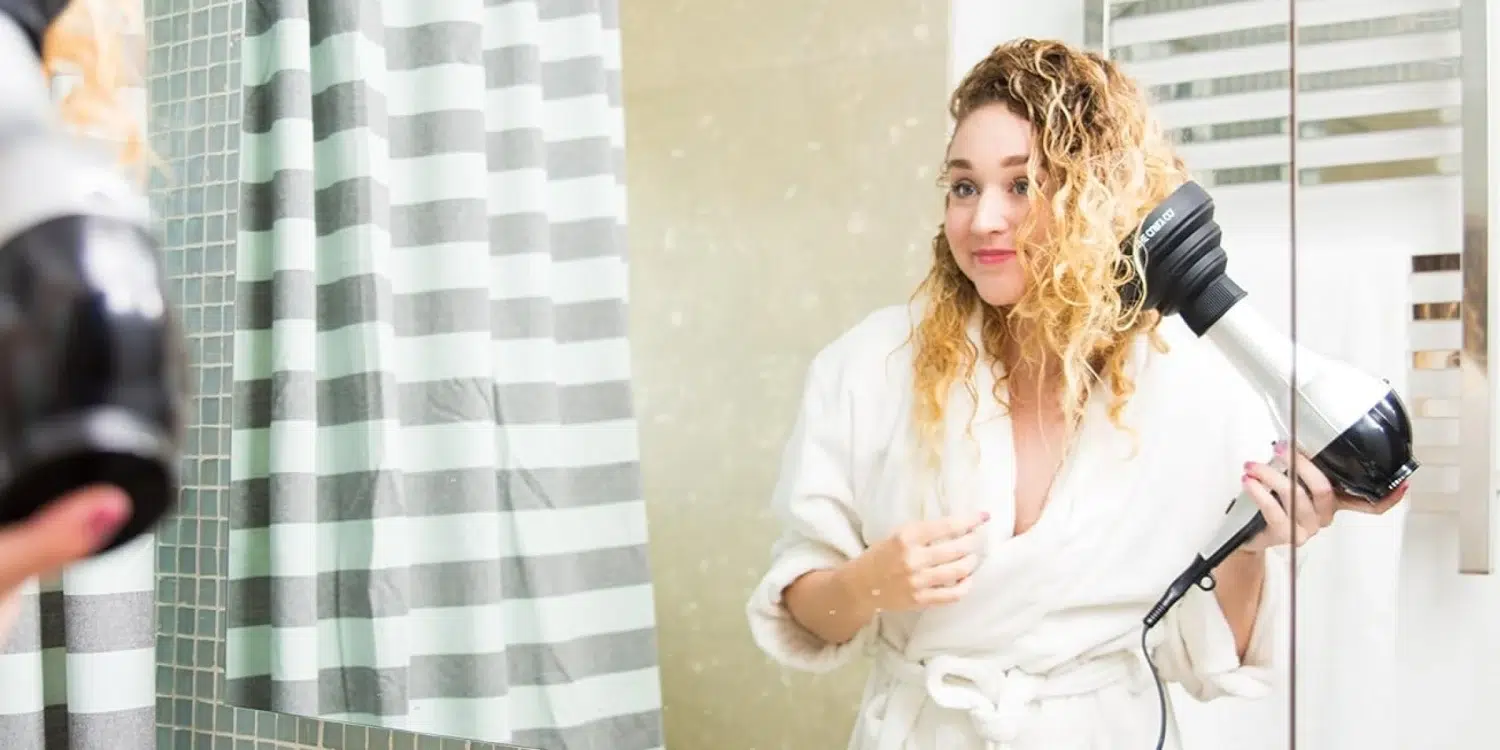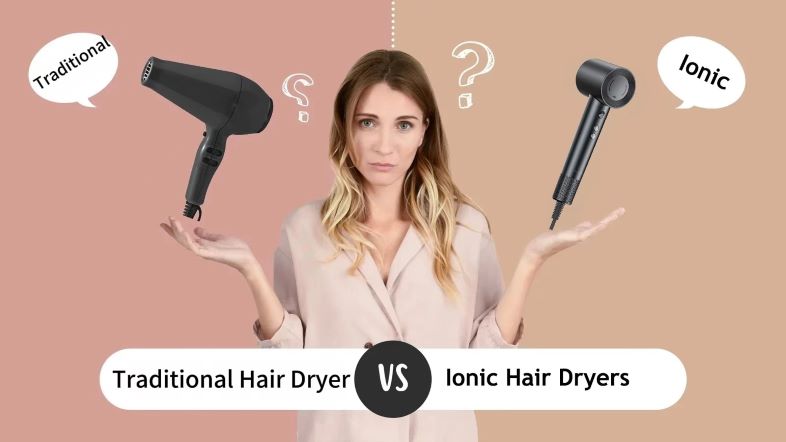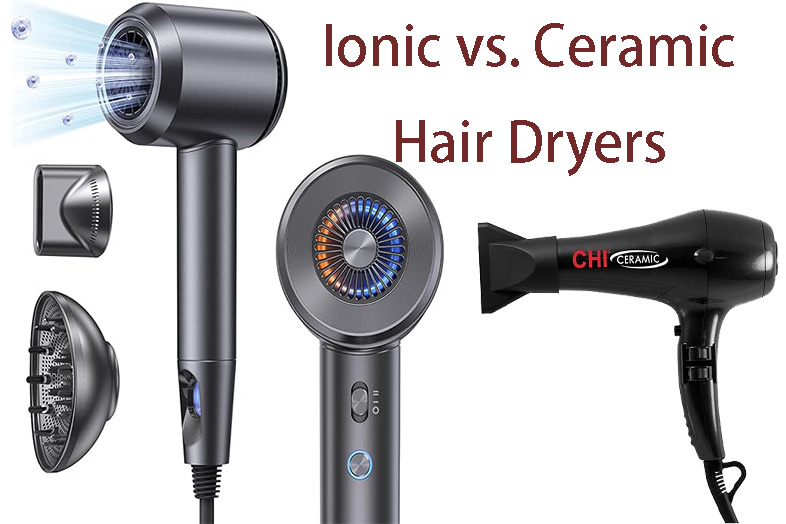In the quest for perfectly styled hair, a hair dryer is an indispensable tool. However, using it improperly can lead to hair damage, scalp burns, or even more serious accidents. To help you achieve salon-quality results while keeping your hair and yourself safe, here are the best practices for using a hair dryer safely and effectively.
1. Choose the Right Hair Dryer
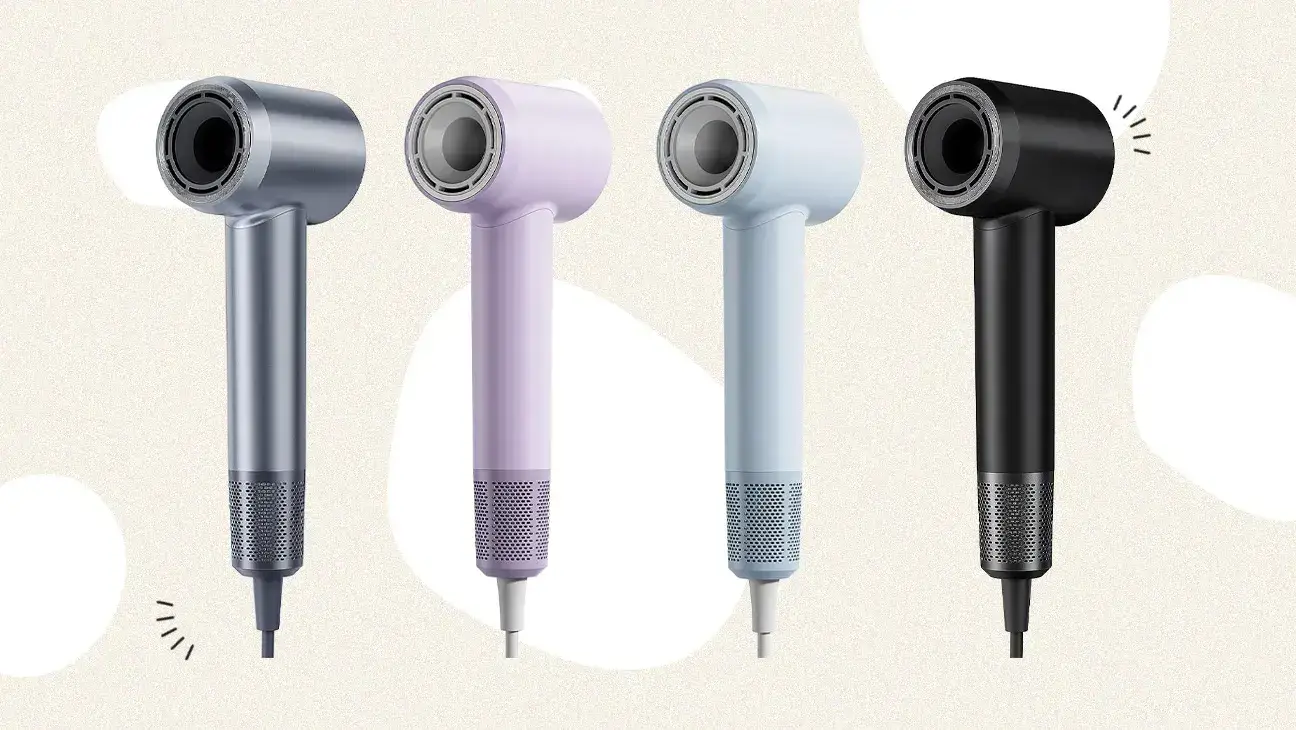
The journey to safe and effective hair drying begins with choosing the right hair dryer. Here are some features to consider:
Wattage: Higher wattage means more power and faster drying times. For home use, a hair dryer with 1800 to 2000 watts is sufficient.
Material: Ceramic and tourmaline dryers distribute heat more evenly and reduce frizz. Ionic dryers break down water molecules, reducing drying time and static electricity.
Heat and Speed Settings: Multiple heat and speed settings give you control over the drying process, which is crucial for different hair types and styles.
Attachments: Diffusers, concentrators, and comb attachments can enhance the versatility and effectiveness of your hair dryer.
2. Prepare Your Hair Properly
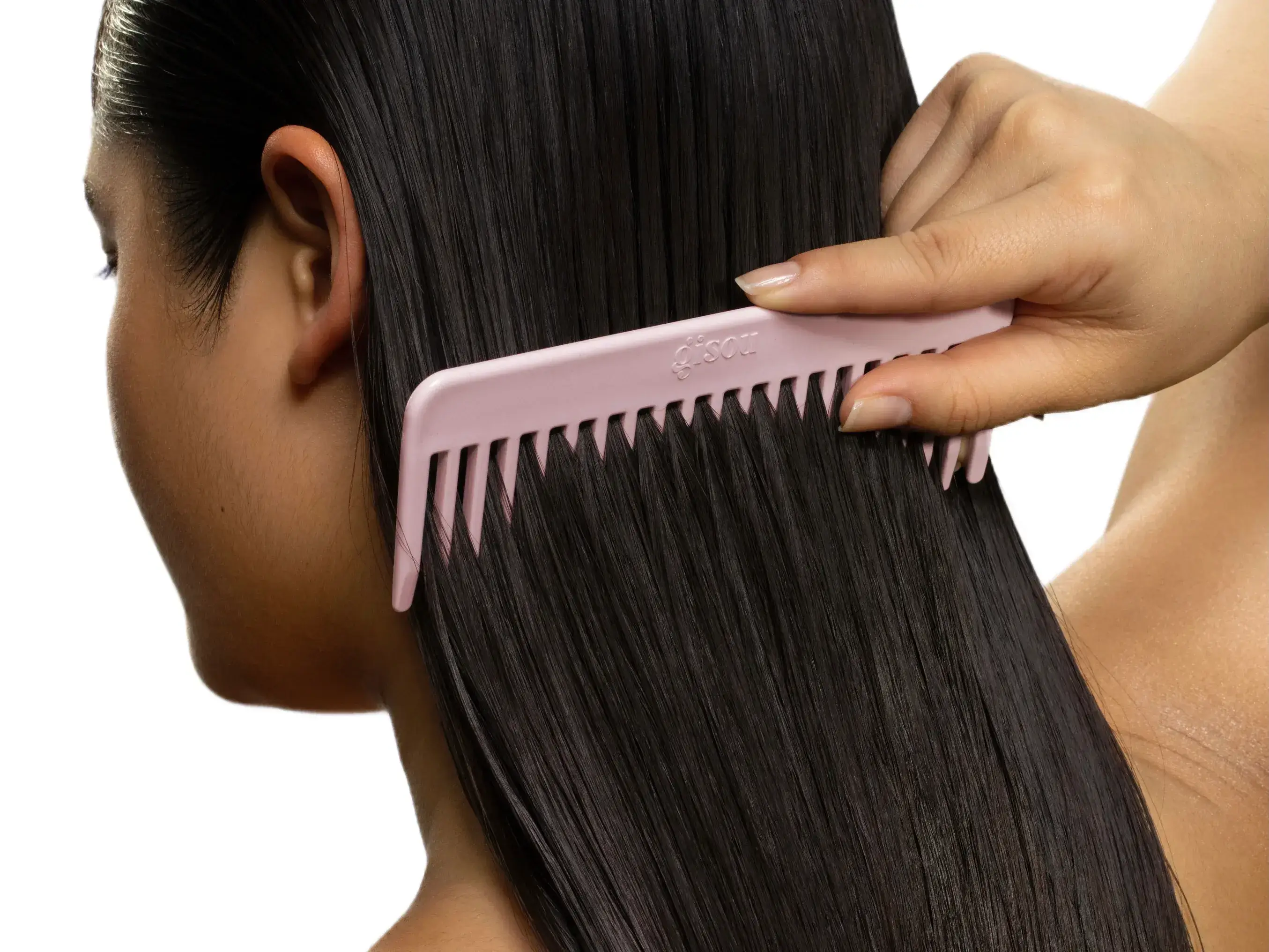
Before you even turn on your hair dryer, proper hair preparation is key to minimizing damage and achieving the best results:
Towel Drying: Gently pat your hair with a towel to remove excess moisture. Avoid rubbing vigorously, as this can cause breakage and frizz.
Detangle: Use a wide-tooth comb to detangle your hair. Wet hair is more fragile, so be gentle to avoid breakage.
Heat Protectant: Apply a heat protectant spray or serum to your hair. This creates a barrier that minimizes damage from the heat of the dryer.
3. Proper Drying Techniques
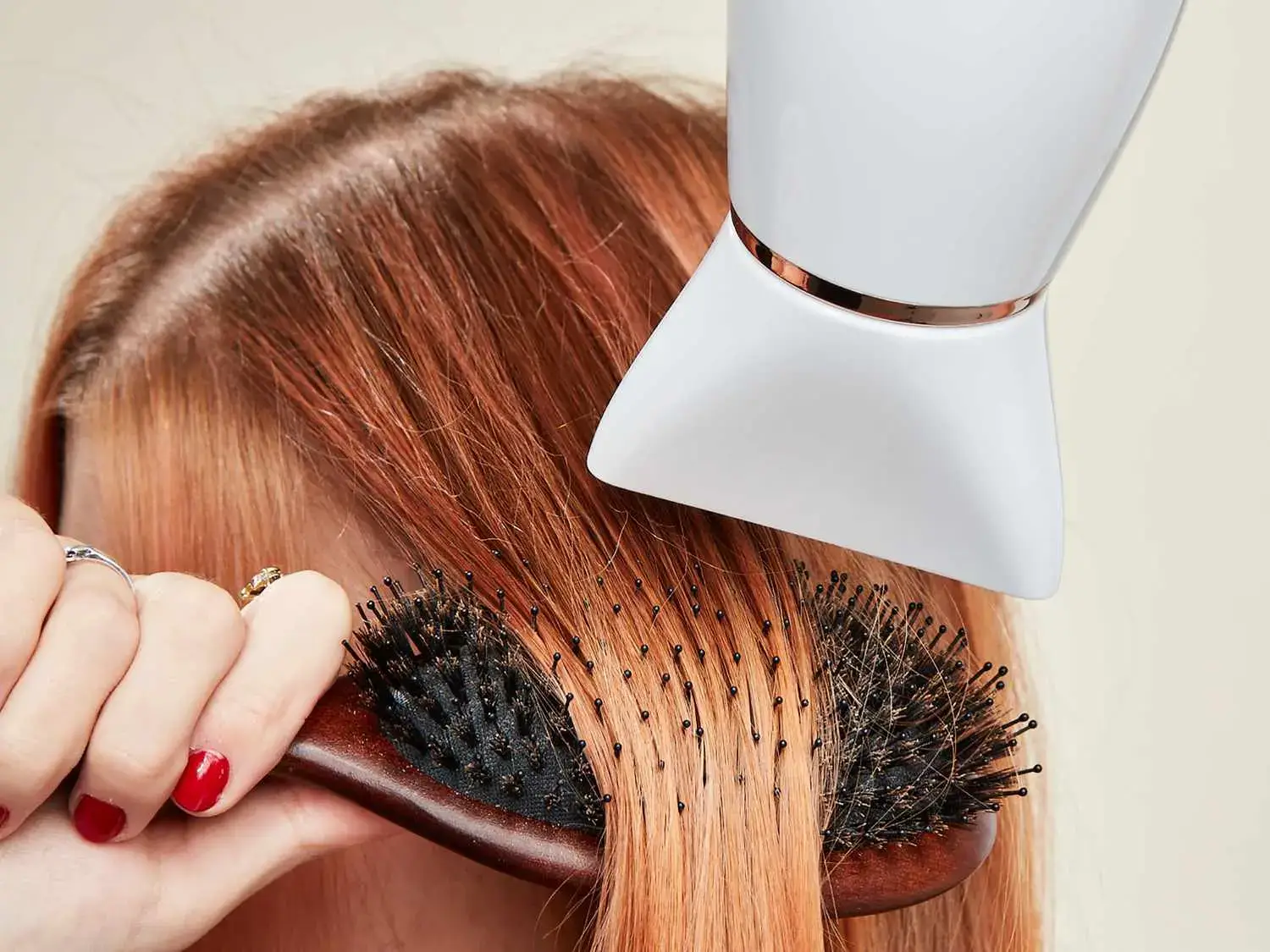
How you use your hair dryer can significantly impact the health and appearance of your hair. Follow these techniques for optimal results:
Section Your Hair: Divide your hair into sections. This makes drying more manageable and ensures even drying. Use clips to keep sections separate.
Use the Right Attachment:
Concentrator Nozzle: Directs airflow for precise styling. It’s great for straightening and smoothing hair.
Diffuser: Disperses air evenly, reducing frizz and enhancing natural curls.
Maintain Distance: Hold the hair dryer about 6 inches away from your hair. This distance prevents excessive heat from damaging your hair and scalp.
Move Constantly: Keep the dryer moving to avoid concentrating heat in one spot, which can cause burns or damage.
Dry from Roots to Ends: Start drying at the roots and work your way down to the ends. This technique helps in lifting the roots and achieving more volume.
4. Mind the Heat Settings
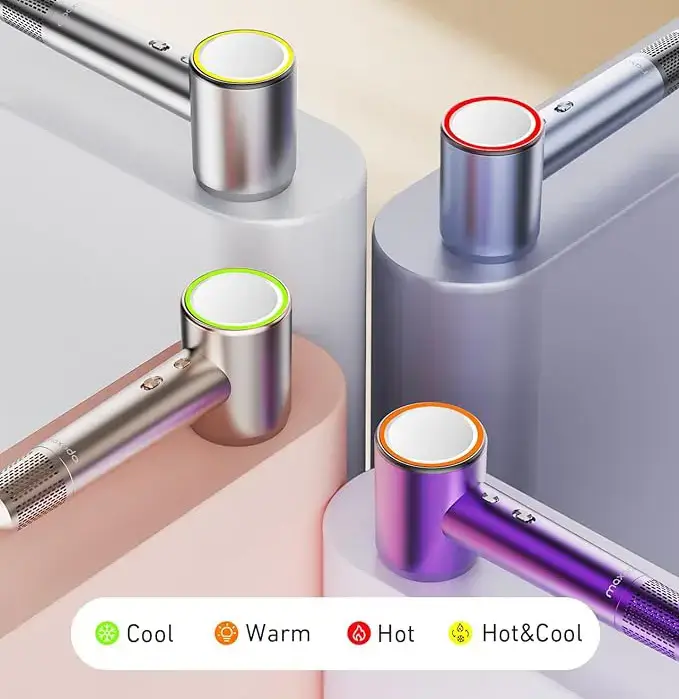
Using the right heat setting is crucial for the health of your hair:
Low Heat: Ideal for fine, damaged, or color-treated hair. It minimizes the risk of further damage.
Medium Heat: Suitable for normal hair types. It balances drying speed and hair health.
High Heat: Best for thick or coarse hair that requires more time to dry. Use it sparingly to avoid heat damage.
Cool Setting: Use the cool setting to set your style and add shine. It helps to close the hair cuticle, reducing frizz and enhancing smoothness.
5. Safety Precautions
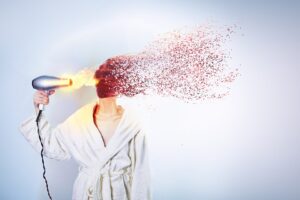
While using a hair dryer is generally safe, there are some precautions to keep in mind to avoid accidents:
Avoid Water: Never use a hair dryer near water. Keep it away from sinks, bathtubs, and wet floors to prevent electric shocks.
Check the Cord: Regularly inspect the power cord for any signs of wear and tear. A damaged cord can be a fire hazard.
Do Not Block the Airflow: Ensure the air intake and outlet are not blocked. This prevents overheating and extends the lifespan of your dryer.
Cool Down Period: Allow your hair dryer to cool down after use before storing it. This helps prevent any accidental burns or fire hazards.
6. Maintenance and Cleaning

Regular maintenance of your hair dryer ensures it operates efficiently and safely:
Clean the Filter: Hair dryers have a filter that can accumulate dust and hair over time. Clean it regularly to maintain optimal airflow and prevent overheating.
Unplug Before Cleaning: Always unplug the hair dryer before cleaning it. Use a soft brush or cloth to clean the exterior and filter.
Storage: Store your hair dryer in a cool, dry place. Avoid wrapping the cord tightly around the dryer as this can cause internal damage to the wires.
7. Styling Tips for Different Hair Types
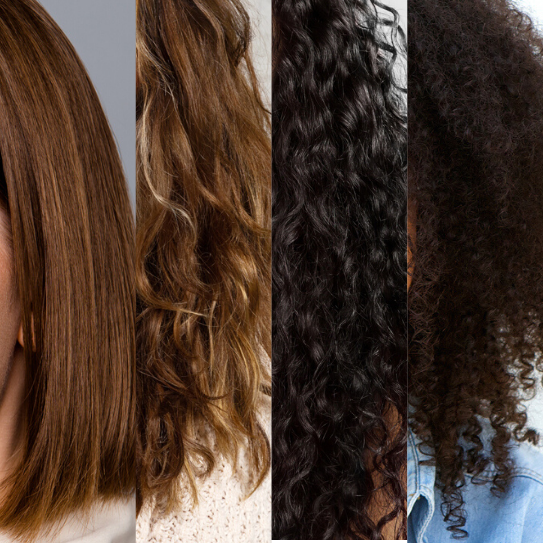
Different hair types require different approaches for drying and styling. Here are some tips tailored to various hair types:
Fine Hair: Use a volumizing mousse and dry your hair using a low heat setting. Focus on lifting the roots to add volume.
Thick Hair: Section your hair into smaller parts to ensure even drying. Use a medium to high heat setting but avoid prolonged exposure.
Curly Hair: Use a diffuser attachment and a low heat setting. Scrunch your hair as you dry to enhance natural curls and reduce frizz.
Straight Hair: Use a concentrator nozzle and a round brush. Dry your hair from roots to ends for a smooth, sleek finish.
8. Advanced Techniques for Professional Results
For those looking to achieve professional results at home, here are some advanced techniques:
Blowout: For a salon-quality blowout, use a round brush and a concentrator nozzle. Dry small sections of hair, rolling the brush from roots to ends while directing the airflow down the hair shaft.
Beach Waves: To create beachy waves, use a diffuser and scrunch your hair while drying. Alternatively, twist sections of your hair and dry them with a concentrator nozzle for more defined waves.
Straightening: For straightening, section your hair and use a paddle brush along with a concentrator nozzle. Move the brush and dryer in unison from roots to ends for a smooth, straight finish.
9. Understanding Hair Dryers with Advanced Technologies
Modern hair dryers come with various advanced technologies that enhance their performance:
Ionic Technology: Emits negative ions that break down water molecules, resulting in faster drying and reduced static. It’s great for achieving smooth, frizz-free hair.
Tourmaline: A mineral that generates negative ions and infrared heat. It seals the hair cuticle, adding shine and reducing frizz.
Ceramic: Provides even heat distribution, preventing hot spots and reducing heat damage. Ideal for all hair types, especially those prone to damage.
Infrared Heat: Penetrates the hair shaft, drying hair from the inside out. This method is gentler on the hair and helps maintain moisture.
10. Common Mistakes to Avoid
Even with the best practices, it’s easy to make mistakes that can damage your hair. Here are some common mistakes to avoid:
Using High Heat on Wet Hair: Wet hair is more susceptible to damage. Always towel dry your hair before using high heat.
Drying Too Close: Holding the dryer too close to your hair can cause burns and damage. Maintain a safe distance of about 6 inches.
Skipping Heat Protectant: Never skip the heat protectant step. It’s essential for protecting your hair from heat damage.
Not Sectioning Hair: Failing to section your hair can lead to uneven drying and styling. It’s worth the extra time to do it right.
11. Eco-Friendly and Energy-Efficient Hair Dryers
For those who are environmentally conscious, consider these options:
Energy-Efficient Models: Look for hair dryers with energy-saving features. These models use less electricity while still providing effective drying.
Eco-Friendly Materials: Some hair dryers are made from recycled or sustainable materials. Check for certifications or labels indicating eco-friendly practices.
Long-Lasting Durability: Investing in a high-quality, durable hair dryer reduces the need for frequent replacements, thereby minimizing waste.
12. When to Replace Your Hair Dryer
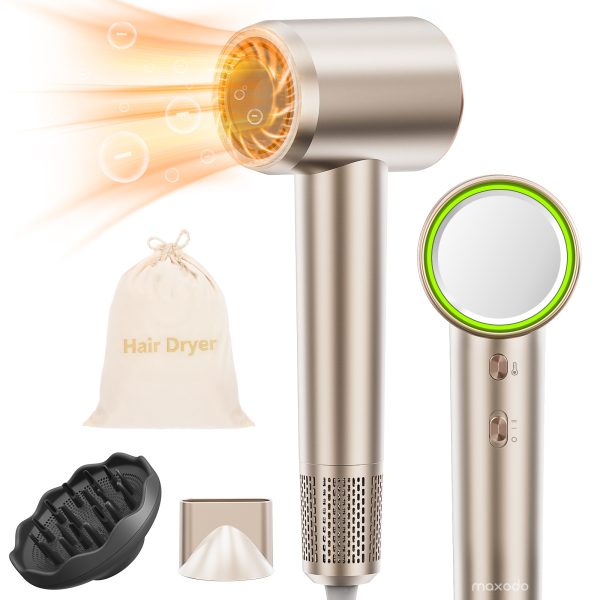
Knowing when to replace your hair dryer is important for safety and performance:
Reduced Performance: If your hair dryer takes longer to dry your hair or doesn’t get as hot as it used to, it may be time for a replacement.
Unusual Noises: Strange sounds can indicate a mechanical issue. It’s best to replace the dryer rather than risk it malfunctioning.
Visible Damage: Cracks, exposed wires, or a damaged cord are clear signs that it’s time for a new hair dryer.
Overheating: If your dryer frequently overheats or shuts off, it’s a safety hazard. Replace it immediately.
Conclusion
Using a hair dryer safely and effectively involves more than just pointing and blowing hot air. By choosing the right hair dryer, preparing your hair properly, using the correct techniques, and following safety precautions, you can achieve beautiful, healthy hair every time you style. Remember to maintain and clean your hair dryer regularly, and be mindful of when it’s time to replace it. With these best practices, you can enjoy salon-quality results in the comfort of your own home while keeping your hair and yourself safe.
By incorporating these tips into your hair care routine, you can master the art of using a hair dryer, ensuring that your hair remains healthy, shiny, and perfectly styled. Happy drying!
